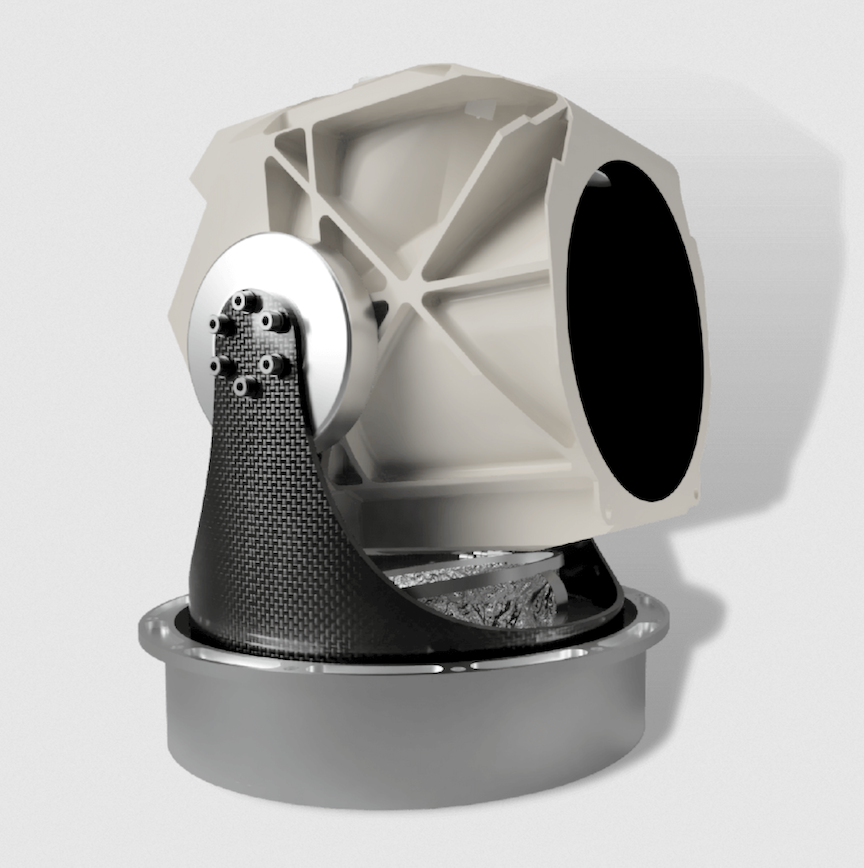
MBRYONICS, a satellite communications and photonics equipment provider, has been selected by the U.S. Defense Advanced Research Projects Agency (DARPA) to develop the optical terminal, including the space telescope, the pointing, acquisition and tracking system and the optical ampliMiers, as part of the Space-Based Adaptive Communications Node (Space-BACN) program.

The goal of Space-BACN is to create a reconfigurable, multi-protocol intersatellite optical communications terminal that is low in size, weight, power, and cost (SWaP-C), easy to integrate, and able to connect heterogeneous constellations that operate on different optical intersatellite link (OISL) specifications that otherwise would not be able to communicate.
Mbryonics participated in earlier development phases of the program and successfully delivered Phase 1 within 14 months. They then were awarded this new Phase 2 contract for Technical Area 1 (TA) to design and deliver the Optical Terminal. Mybryonics will coordinate with TA2 (Modem) and TA3 (Satellite constellation operators) contractors over a 21-month period of performance to accelerate the development of Inter-Satellite Communications capable of connecting disparate LEO constellations using different communications protocols to cross-talk; ultimately aiming to create a high-speed internet in space.

John Mackey, CEO of Mbryonics said “Mbryonics’ goal is to power a trusted communications infrastructure delivering the internet in space and connecting us like never before. Digital Empowerment will pave the way for society to meet the greatest challenges of today and fulfill our ambitions for tomorrow. We take immense pride in DARPA’s selection of the Mbryonics team and our StarCom optical terminal.
This collaboration supports the Space- BACN vision for seamless interconnectivity between government and commercial systems, fortifying a resilient space layer for JADC2 operations. We are delighted to be continuing this close collaboration with DARPA and our Space-BACN partners. This contract award solidifies Mbryonics’ leadership in industrial-edge optical communications, affirming our strategy of pioneering fiber-coupled photonic systems and leveraging proprietary advanced manufacturing processes and materials to deliver disruptive SWaP-C solutions, unparalleled data rates, and sustainable volume production.”
TA2 contractors are Intel Federal and Arizona State University and are designing the back end of the terminal, a reconfigurable modem that can support multiple optical waveforms up to 100Gbps on a single wavelength.
TA3 contractors are SpaceX, Kuiper Government Solutions, and Telesat Government Solutions and are helping DARPA design the cross-communications command and control system, including development of standards, common application programming interfaces, and consist of operations to enable cross-constellation interoperability.
Phase 2 will focus on scaling the technology to create low-cost solutions that can meet growing market demand while meeting the technical parameters for performance and efficiency, and interoperability. Mbryonics believe Phase 2 will be key to demonstrating the full potential of a new era of space-data.
Learn more about Space-BACN:
